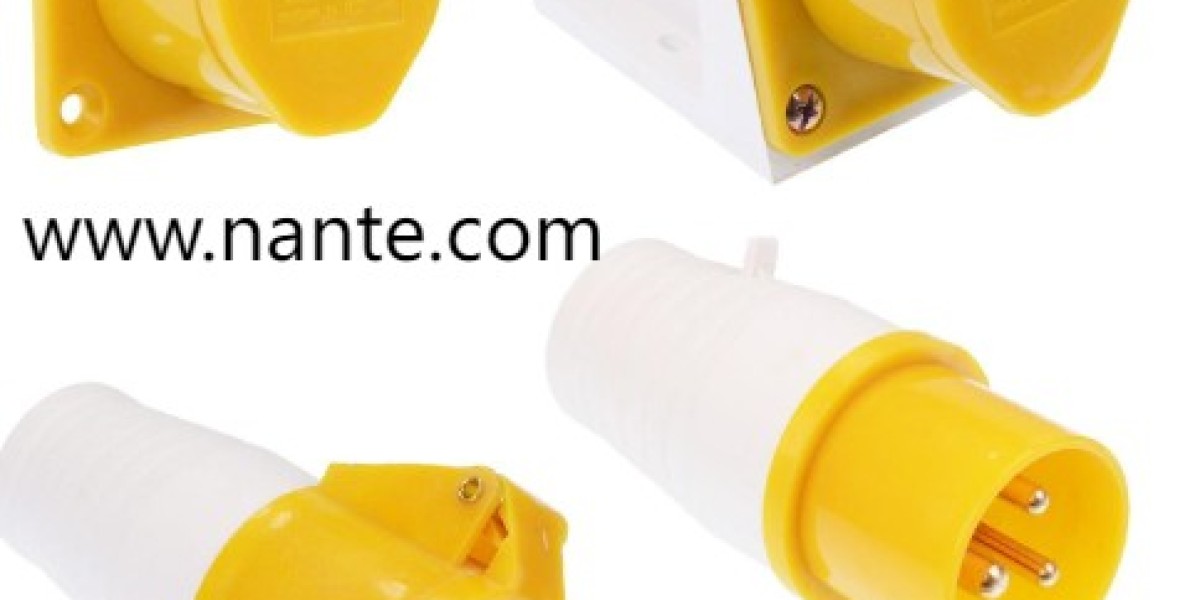Industrial facilities face intensifying challenges—manufacturing automation demands flawless power delivery while climate shifts expose equipment to unprecedented environmental stressors. Within this landscape, the Industrial concealed socket emerges as a critical component, marrying safety with functionality by integrating flush-mounted designs into machinery panels or walls. Yet even robust systems face operational hurdles when deployed in harsh settings. Recognizing common failure points and implementing corrective measures ensures uninterrupted workflows and enhanced personnel safety.
1. Battling Environmental Contamination
Dust, moisture, and chemical exposure compromise socket integrity over time. Particles infiltrate contact points, degrading conductivity and causing intermittent power flickers. Humidity accelerates corrosion, while solvents erode housing materials. Resulting issues range from unstable voltage to complete failure.
Solution: Prioritize IP67-rated sealed units, blocking particulate and water ingress. For existing installations, schedule quarterly inspections using non-conductive cleaning sprays to remove debris from terminals. Apply dielectric grease on contacts to repel moisture. Replace weathered gaskets immediately—even minor cracks breach environmental defenses. Enclosures with compression-fitted cable glands prevent wicking along wire pathways, a frequent moisture entry point .
2. Mechanical Misalignment and Housing Damage
Operators struggling to insert plugs often encounter warped frames or misaligned mounts. Such mechanical stress strains internal wiring, risking short circuits. Impacts from forklifts or falling tools further crack socket panels.
Solution: Realign sockets by loosening mounting screws, repositioning the assembly flush against the mounting surface, and retorquing hardware sequentially—not all at once—to distribute pressure evenly. For warped polymer frames, replace with metal-clad housings. Reinforce impact-prone zones with bolt-on steel guards. Modular designs allow isolated component swaps (e.g., replacing only the faceplate) rather than full socket removal .
3. Electrical Faults and Connection Failures
Loose terminal screws remain a top culprit behind overheating terminals and arc flashes. Vibration in machinery zones gradually loosens connections, increasing resistance. This generates dangerous heat, melting insulation. Over-tightening terminals during installation equally risks wire damage.
Solution: Use torque-controlled drivers during installation—typically 0.5 N·m for M4 screws—to secure cables without shearing strands. Quarterly thermal imaging scans identify hotspots before failures occur. Implement screw-retention plates or spring-loaded terminals resisting vibration-induced slackening. For critical circuits, sockets with integrated current monitors alert teams to abnormal load deviations.
4. Smart Integration as a Resilience Multiplier
Modern units now embed diagnostic chipsets tracking usage cycles and environmental conditions. For example, humidity sensors trigger maintenance alerts before corrosion spreads, while usage counters signal impending mechanical wear on insertion pins. Such innovations shift maintenance from reactive to predictive.
Proactive Protocol: Combine smart sockets with inspection routines:
Monthly: Visual checks for cracks, discoloration, or debris.
Quarterly: Torque verification on terminals and gland nuts.
Annually: Contact resistance testing via micro-ohmmeter. Storage spare gaskets and terminal kits near equipment reduces downtime during repairs.
Why Modern Industry Chooses Advanced Concealed Sockets
Concealed installations solve core industrial dilemmas: eliminating protruding hazards in high-traffic zones, resisting contamination, and ensuring power reliability despite intensifying operational stresses. Units merging compact form with self-diagnostic capabilities exemplify the evolution from basic connectors to intelligent power nodes. Forward-thinking facilities now prioritize these integrated solutions not merely for compliance but for sustaining productivity resilience.
Discover how www.nante.com engineers adaptable concealed socket systems that balance rigorous protection standards with streamlined serviceability—ideal for automation cells and hazardous work cells demanding uncompromised electrical safety.








